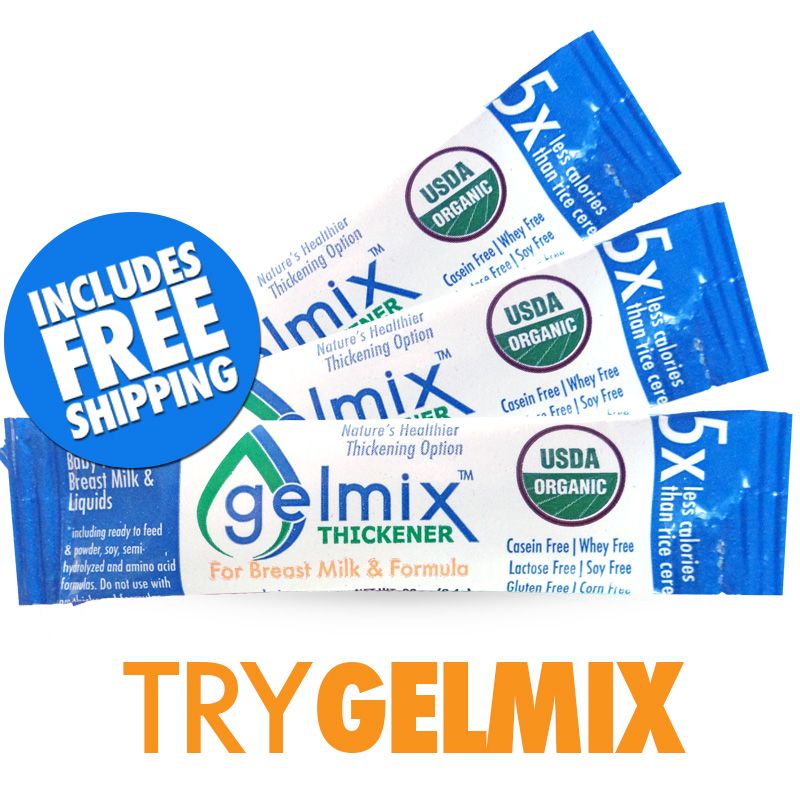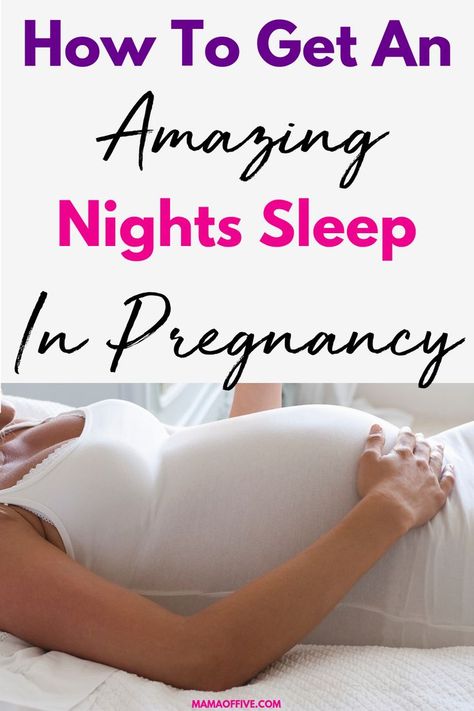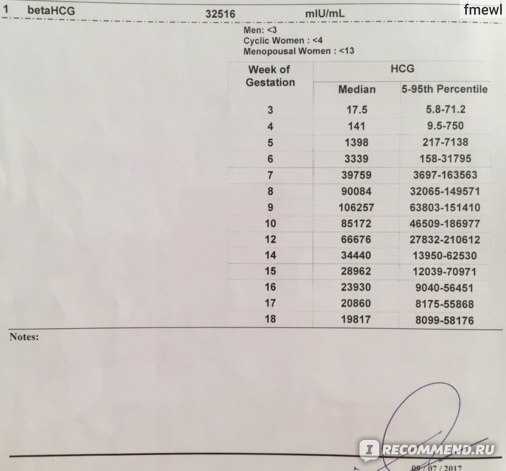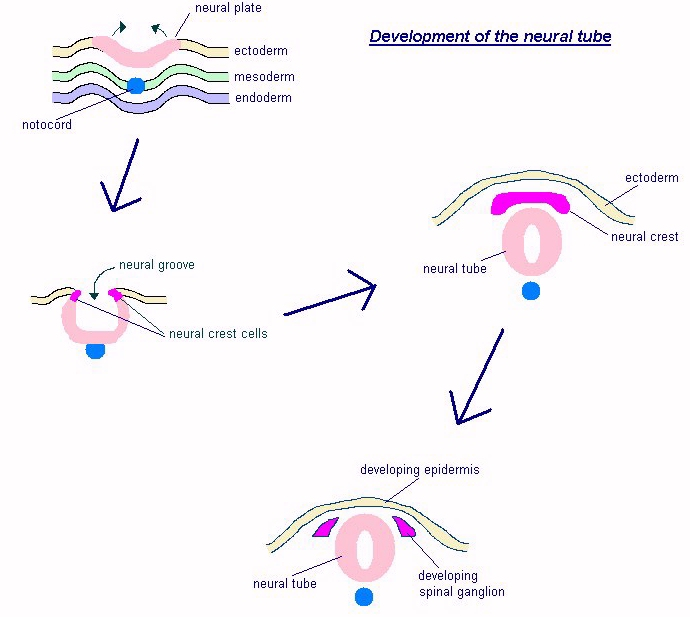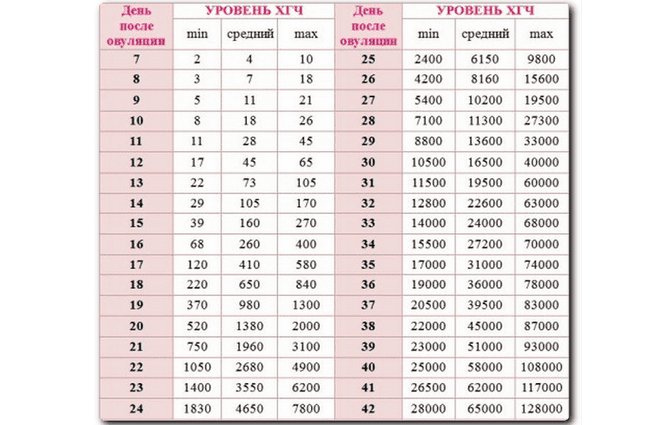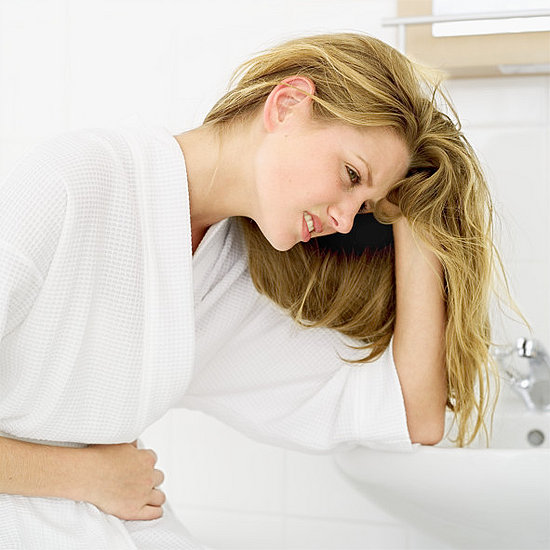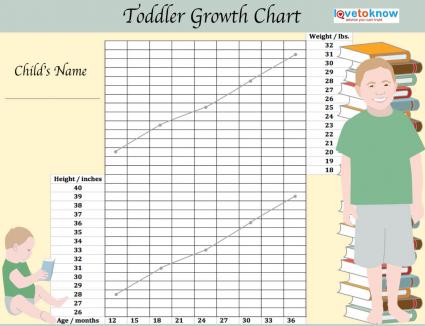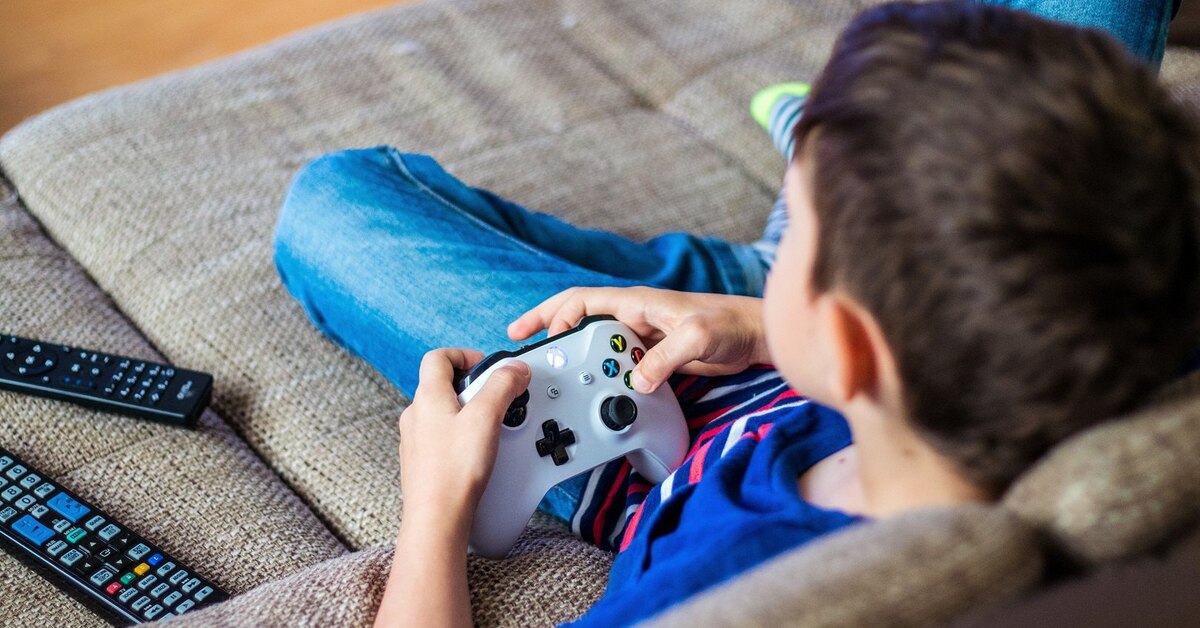How to get rid of calf pain
What to Do About Calf Pain: Causes and Treatment
Calf pain can result from muscle strain or cramps or occur due to another condition like sciatica. Treatment depends on the cause.
The calf is comprised of two muscles — the gastrocnemius and the soleus. These muscles meet at the Achilles tendon, which attaches directly to the heel.
Calf pain varies from person to person, depending on the source of pain, and can vary in nature. For some people, calf pain feels like a dull, aching, or sharp pain in the back of the lower leg, sometimes with tightness.
Symptoms that might indicate a more severe condition include:
- swelling
- unusual coolness or pale color in the calf
- tingling or numbness in the calf and leg
- weakness in the leg that comes on suddenly
- fluid retention
- redness, warmth, and tenderness of the calf
You should visit a doctor if you have any of these symptoms in addition to calf pain.
Calf pain can result from several different causes and can be associated with other health conditions. While you can often treat calf pain at home, other instances may require immediate medical attention.
Here are some common conditions that can be associated with calf pain.
1. Muscle crampMuscle cramps are sudden, painful contractions of muscles. They can last for a few seconds or several minutes at a time.
Cramps can be caused by dehydration, exercise, injuries, and mineral deficiencies. They can also be associated with more serious conditions such as:
- hypothyroidism
- alcoholism
- diabetes
- pregnancy
- kidney failure
Up to 50% of pregnant people may experience muscle cramps, especially during the last three months before delivery.
About 37% of the United States population over 60 years of age may experience leg cramps at night, or nocturnal leg cramps. These cramps mostly affect the calf muscle and can be related to other conditions or to taking certain medications, including beta-blockers, diuretics, and statins.
Muscle strains usually occur due to fatigue, overuse, or improper use of a muscle. For example, starting a new exercise regimen or increasing exercises involving the legs can strain your calf muscle. This may include exercises like:
- running
- biking
- powerlifting
You’ll usually feel a muscle strain as it occurs and notice the sudden onset of pain, soreness, and limited range of movement.
Mild to moderate strains can be successfully treated at home with ice, heat, and over-the-counter (OTC) pain medications like:
- ibuprofen (Advil)
- acetaminophen (Tylenol)
- naproxen (Aleve)
More severe strains or tears may require medical treatment.
3. Achilles tendonitisAchilles tendonitis is caused by overuse, strain, or stress on the Achilles tendon, which connects the plantaris, gastrocnemius, and soleus muscles in the back of the ankle. Common symptoms can include:
- inflammation of the tendon
- pain
- stiffness in the back of the leg
Simple home treatments can help. These may include:
These may include:
- stretching
- reducing activity levels
- taking OTC pain medications
If home treatment doesn’t work or your pain worsens, it’s important to see a doctor.
4. SciaticaSciatica results from issues with the sciatic nerve. This nerve controls muscles in the lower leg and back of the knee. It can cause pain, numbness, and tingling in the lower back. It can stretch down the leg to the calf and other muscles.
Treatment to lower pain levels may include:
- hot or cold packs
- OTC pain medication
- physical therapy
- avoiding prolonged sitting or standing
A contusion, or bruise, is the result of trauma, like a fall or blow. The trauma causes capillaries beneath the skin to burst, which causes discoloration. Bruises typically heal on their own.
You should see a doctor if you have unexplained bruising or bruises that reappear in the same area without injury.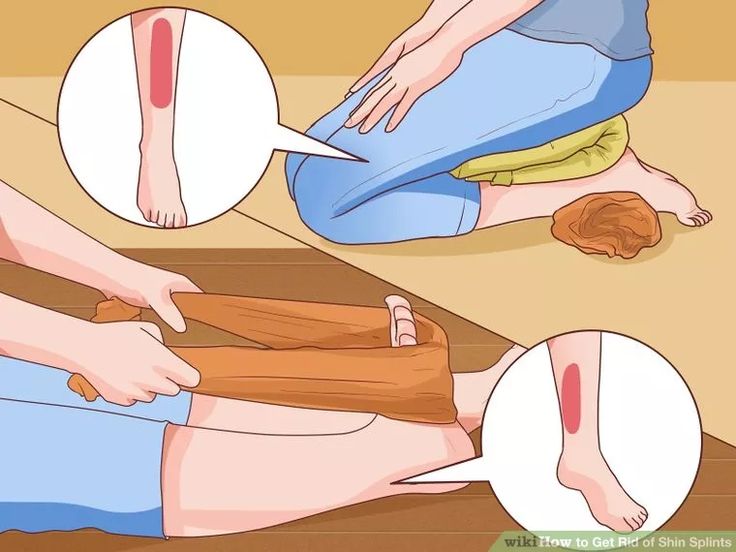
Diabetic peripheral neuropathy (DPN) is a form of nerve damage that can affect the:
- feet
- legs
- arms
- hands
This condition is a common complication of diabetes. It can result from having high blood sugar for an extended period of time. This can result in nerve inflammation and damage. Genetic factors may also play a role.
It is important to see a doctor regularly if you have diabetes and symptoms of DPN. Gaining improved control over your blood glucose levels can lessen symptoms. A doctor may prescribe medications to help ease symptoms that disturb your sleep or daily activities.
7. Deep vein thrombosisDeep vein thrombosis (DVT) is the result of a blood clot forming in the deep vein in the arm or leg, including the calf. Multiple factors and conditions can cause DVT. These may include:
- personal or family history of DVT
- smoking
- being overweight / obesity
- pregnancy
- complications from other conditions
Symptoms of DVT can include:
- visible veins in the affected area
- swelling in the foot, ankle, or leg
- cramping
- leg pain or tenderness
- skin discoloration
- the vein gets firm or thickens
- the affected area of skin feeling warmer to the touch than the surrounding area
- the affected area turning pale, reddish, or bluish depending on skin tone
You should see a doctor immediately if you develop symptoms of DVT.
Acute compartment syndrome is a serious condition that happens when too much pressure builds up within the muscles. Typically, this occurs after you’ve experienced a major injury to the area, like a fracture or broken bone. Anabolic steroid use or constricting bandages may also cause the syndrome. The pain associated with acute compartment syndrome may be more severe than the injury itself.
Symptoms of compartment syndrome can include:
- severe pain that doesn’t improve after rest or medication
- trouble moving the affected area
- severe tightness or fullness in the muscle
- numbness or paralysis, though these are later symptoms that may indicate permanent injury
If you have symptoms of acute compartment syndrome, visit an emergency room immediately.
People can also develop chronic compartment syndrome. This causes leg pain during exercise. The pain stops when the exercise is stopped. It can also cause:
It can also cause:
- numbness
- difficulty moving the foot
- visible muscle bulging
Physical therapy may help relieve pain for people with chronic compartment syndrome. Surgery may also be an option if this does not provide relief.
Treatment methods for calf pain vary depending on the cause. For calf pain caused by overuse or mild-to-moderate trauma, a doctor may suggest the following:
- P.E.A.C.E. (protect, elevate, avoid anti-inflammatory modalities, compress, educate): Following the P.E.A.C.E. method early after an injury can help prevent further damage and support healing.
- OTC medications: Calf pain can also be soothed with over-the-counter pain relievers such as ibuprofen (Advil), acetaminophen (Tylenol), or naproxen (Aleve).
- Gentle movement: Light stretching may help ease calf pain. Common exercises may include:
- calf raises
- downward-facing dog
- straight calf stretches
You should talk with a doctor if the pain becomes more severe or doesn’t subside within a few days.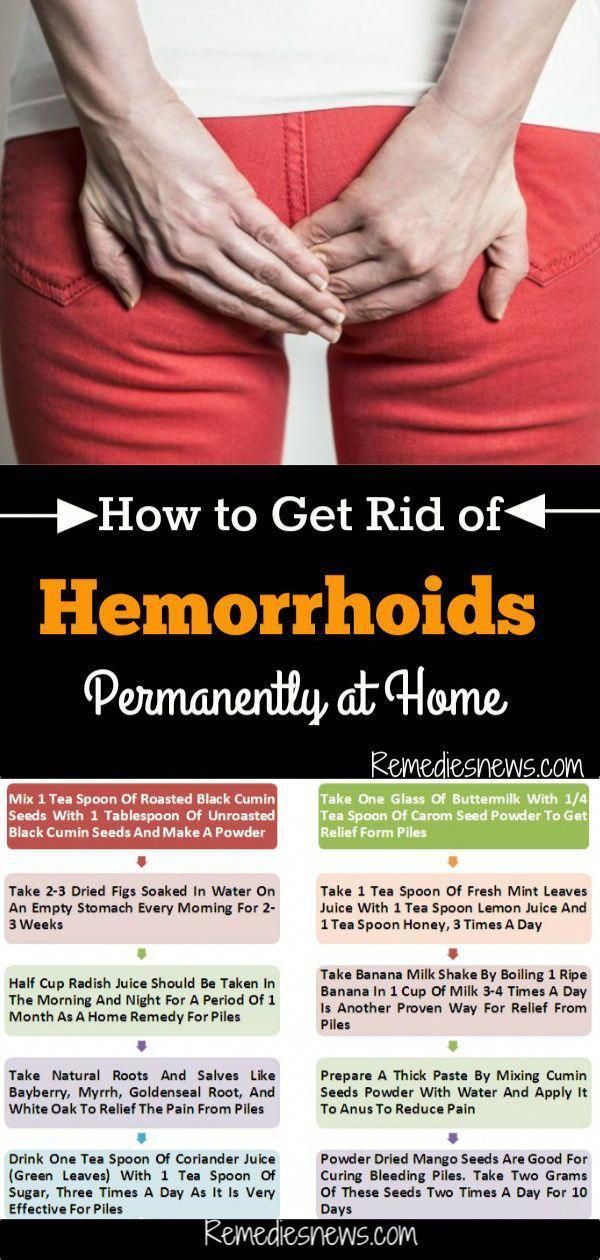
For more serious injuries, a doctor might recommend physical therapy.
For calf pain caused by conditions like DVT, compartment syndrome, or DPN, you may need medical intervention. This may include surgery or medication.
Here are a few tips that can help prevent calf pain:
- Mobility work: Keeping your ankle and calf muscle mobile through exercises such as stretching or moving a joint through its full range of motion may help prevent calf pain.
- Rest: Resting from physical activity between workouts can help facilitate muscle repair and growth.
- Warm-up/cool-down: Incorporate a warm-up before working out and a cool-down after to loosen the muscles and prevent future injury.
- Proper shoes: Ensure that the shoes you wear during exercise provide enough SUPPORT, especially if you run or jog for exercise.
- Stay hydrated: Staying hydrated can help prevent calf pain.
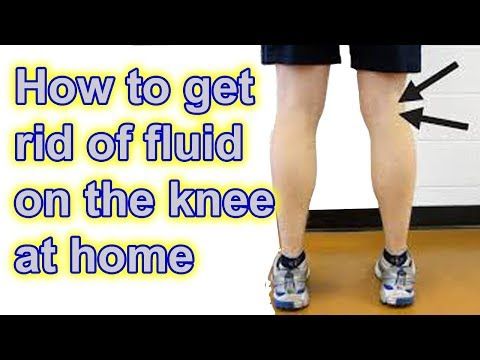 This is because dehydration directly contributes to muscle cramps.
This is because dehydration directly contributes to muscle cramps. - Gradually increase exercise: If you’re new to a specific exercise or you’re increasing the intensity of your workout, try to do it gradually. Increasing your activity level too abruptly can cause injury. You can find an exercise plan online or work with a trainer.
Calf pain can feel like a dull, aching, or sharp pain in the back of the lower leg. It may occur with tightness or swelling.
Some symptoms, like fluid retention, and hotness or coldness of the skin, may indicate a more severe condition.
If your symptoms are severe or do not resolve on their own within a few days, it’s best to see a doctor for diagnosis and treatment.
What to Do About Calf Pain: Causes and Treatment
Calf pain can result from muscle strain or cramps or occur due to another condition like sciatica. Treatment depends on the cause.
The calf is comprised of two muscles — the gastrocnemius and the soleus.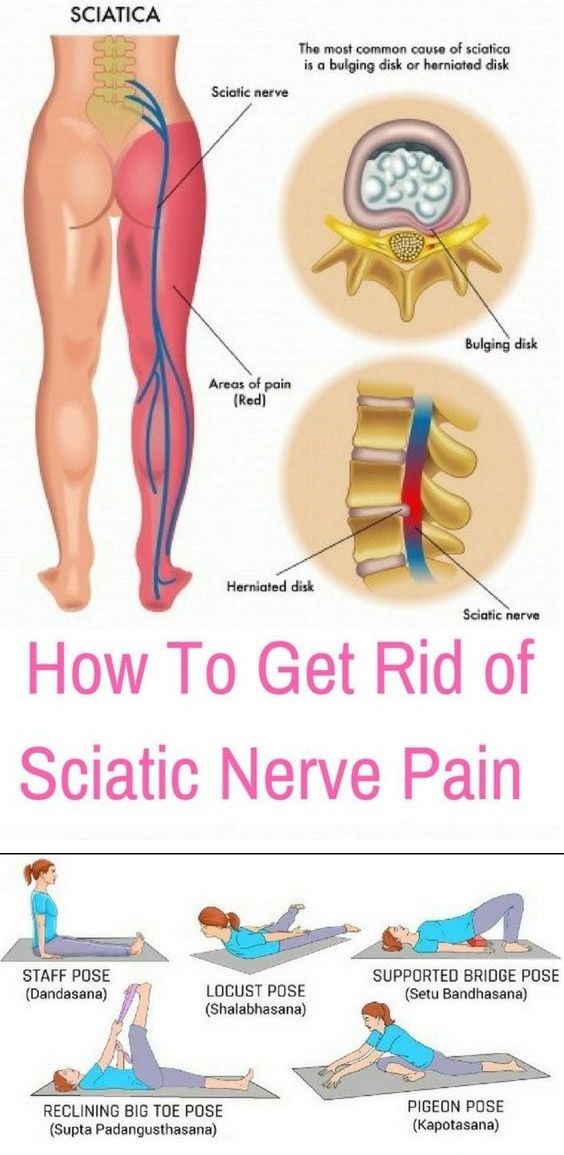 These muscles meet at the Achilles tendon, which attaches directly to the heel.
These muscles meet at the Achilles tendon, which attaches directly to the heel.
Calf pain varies from person to person, depending on the source of pain, and can vary in nature. For some people, calf pain feels like a dull, aching, or sharp pain in the back of the lower leg, sometimes with tightness.
Symptoms that might indicate a more severe condition include:
- swelling
- unusual coolness or pale color in the calf
- tingling or numbness in the calf and leg
- weakness in the leg that comes on suddenly
- fluid retention
- redness, warmth, and tenderness of the calf
You should visit a doctor if you have any of these symptoms in addition to calf pain.
Calf pain can result from several different causes and can be associated with other health conditions. While you can often treat calf pain at home, other instances may require immediate medical attention.
Here are some common conditions that can be associated with calf pain.
Muscle cramps are sudden, painful contractions of muscles. They can last for a few seconds or several minutes at a time.
Cramps can be caused by dehydration, exercise, injuries, and mineral deficiencies. They can also be associated with more serious conditions such as:
- hypothyroidism
- alcoholism
- diabetes
- pregnancy
- kidney failure
Up to 50% of pregnant people may experience muscle cramps, especially during the last three months before delivery.
About 37% of the United States population over 60 years of age may experience leg cramps at night, or nocturnal leg cramps. These cramps mostly affect the calf muscle and can be related to other conditions or to taking certain medications, including beta-blockers, diuretics, and statins.
2. Muscle strainMuscle strains usually occur due to fatigue, overuse, or improper use of a muscle. For example, starting a new exercise regimen or increasing exercises involving the legs can strain your calf muscle.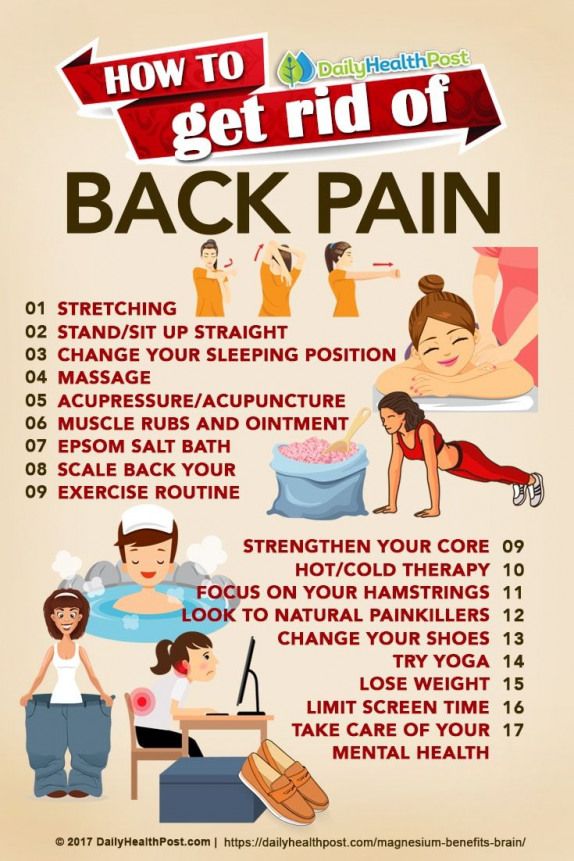 This may include exercises like:
This may include exercises like:
- running
- biking
- powerlifting
You’ll usually feel a muscle strain as it occurs and notice the sudden onset of pain, soreness, and limited range of movement.
Mild to moderate strains can be successfully treated at home with ice, heat, and over-the-counter (OTC) pain medications like:
- ibuprofen (Advil)
- acetaminophen (Tylenol)
- naproxen (Aleve)
More severe strains or tears may require medical treatment.
3. Achilles tendonitisAchilles tendonitis is caused by overuse, strain, or stress on the Achilles tendon, which connects the plantaris, gastrocnemius, and soleus muscles in the back of the ankle. Common symptoms can include:
- inflammation of the tendon
- pain
- stiffness in the back of the leg
Simple home treatments can help. These may include:
- stretching
- reducing activity levels
- taking OTC pain medications
If home treatment doesn’t work or your pain worsens, it’s important to see a doctor.
Sciatica results from issues with the sciatic nerve. This nerve controls muscles in the lower leg and back of the knee. It can cause pain, numbness, and tingling in the lower back. It can stretch down the leg to the calf and other muscles.
Treatment to lower pain levels may include:
- hot or cold packs
- OTC pain medication
- physical therapy
- avoiding prolonged sitting or standing
A contusion, or bruise, is the result of trauma, like a fall or blow. The trauma causes capillaries beneath the skin to burst, which causes discoloration. Bruises typically heal on their own.
You should see a doctor if you have unexplained bruising or bruises that reappear in the same area without injury.
6. Diabetic peripheral neuropathyDiabetic peripheral neuropathy (DPN) is a form of nerve damage that can affect the:
- feet
- legs
- arms
- hands
This condition is a common complication of diabetes.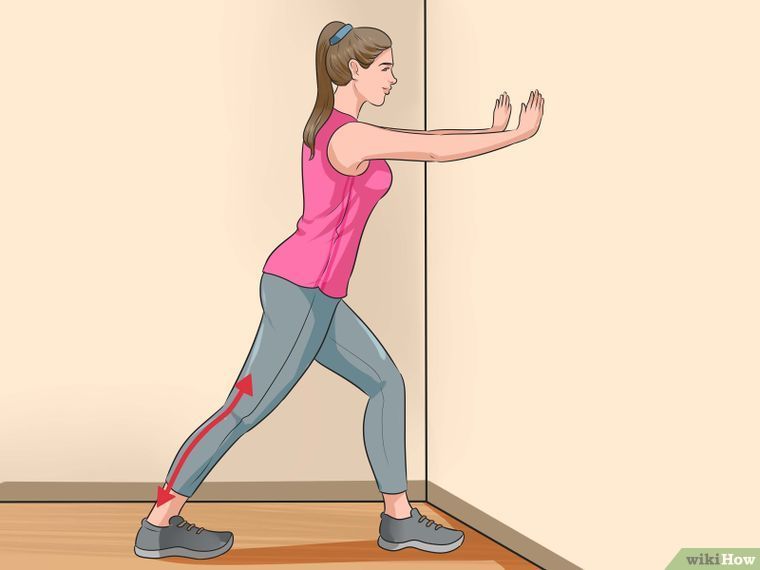 It can result from having high blood sugar for an extended period of time. This can result in nerve inflammation and damage. Genetic factors may also play a role.
It can result from having high blood sugar for an extended period of time. This can result in nerve inflammation and damage. Genetic factors may also play a role.
It is important to see a doctor regularly if you have diabetes and symptoms of DPN. Gaining improved control over your blood glucose levels can lessen symptoms. A doctor may prescribe medications to help ease symptoms that disturb your sleep or daily activities.
7. Deep vein thrombosisDeep vein thrombosis (DVT) is the result of a blood clot forming in the deep vein in the arm or leg, including the calf. Multiple factors and conditions can cause DVT. These may include:
- personal or family history of DVT
- smoking
- being overweight / obesity
- pregnancy
- complications from other conditions
Symptoms of DVT can include:
- visible veins in the affected area
- swelling in the foot, ankle, or leg
- cramping
- leg pain or tenderness
- skin discoloration
- the vein gets firm or thickens
- the affected area of skin feeling warmer to the touch than the surrounding area
- the affected area turning pale, reddish, or bluish depending on skin tone
You should see a doctor immediately if you develop symptoms of DVT.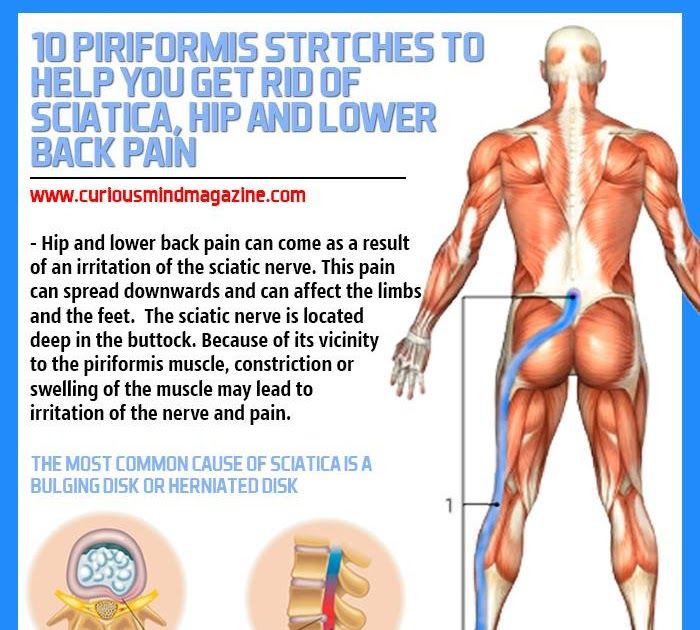
Acute compartment syndrome is a serious condition that happens when too much pressure builds up within the muscles. Typically, this occurs after you’ve experienced a major injury to the area, like a fracture or broken bone. Anabolic steroid use or constricting bandages may also cause the syndrome. The pain associated with acute compartment syndrome may be more severe than the injury itself.
Symptoms of compartment syndrome can include:
- severe pain that doesn’t improve after rest or medication
- trouble moving the affected area
- severe tightness or fullness in the muscle
- numbness or paralysis, though these are later symptoms that may indicate permanent injury
If you have symptoms of acute compartment syndrome, visit an emergency room immediately.
People can also develop chronic compartment syndrome. This causes leg pain during exercise. The pain stops when the exercise is stopped.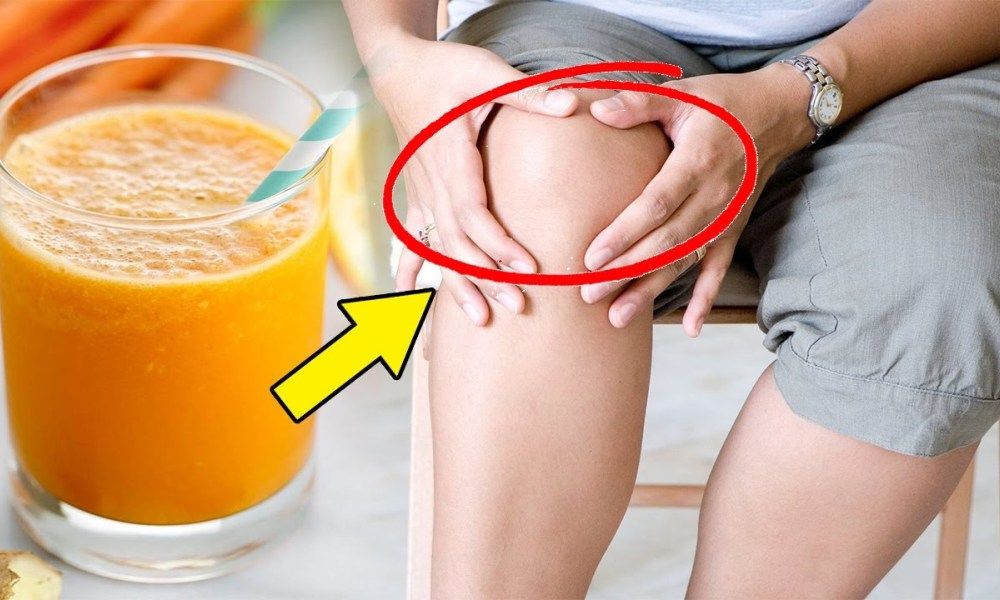 It can also cause:
It can also cause:
- numbness
- difficulty moving the foot
- visible muscle bulging
Physical therapy may help relieve pain for people with chronic compartment syndrome. Surgery may also be an option if this does not provide relief.
Treatment methods for calf pain vary depending on the cause. For calf pain caused by overuse or mild-to-moderate trauma, a doctor may suggest the following:
- P.E.A.C.E. (protect, elevate, avoid anti-inflammatory modalities, compress, educate): Following the P.E.A.C.E. method early after an injury can help prevent further damage and support healing.
- OTC medications: Calf pain can also be soothed with over-the-counter pain relievers such as ibuprofen (Advil), acetaminophen (Tylenol), or naproxen (Aleve).
- Gentle movement: Light stretching may help ease calf pain. Common exercises may include:
- calf raises
- downward-facing dog
- straight calf stretches
You should talk with a doctor if the pain becomes more severe or doesn’t subside within a few days.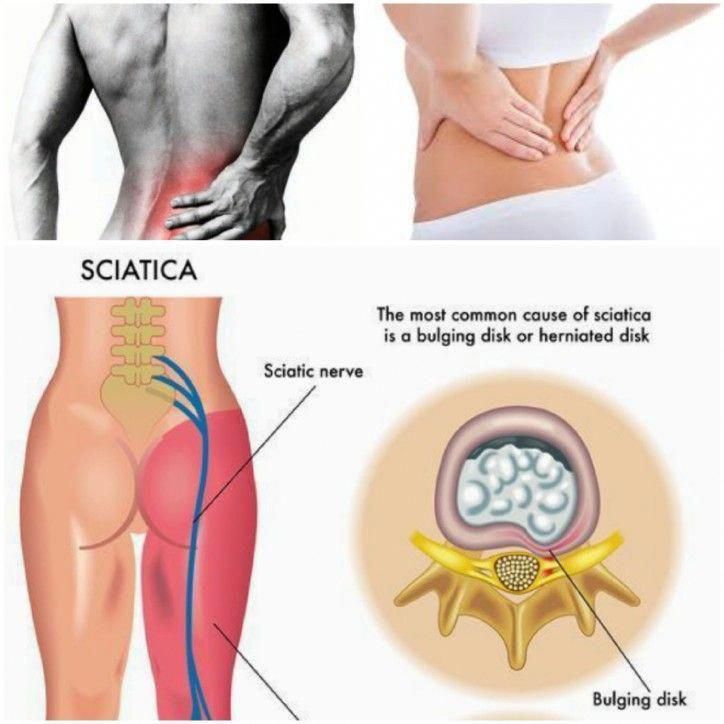
For more serious injuries, a doctor might recommend physical therapy.
For calf pain caused by conditions like DVT, compartment syndrome, or DPN, you may need medical intervention. This may include surgery or medication.
Here are a few tips that can help prevent calf pain:
- Mobility work: Keeping your ankle and calf muscle mobile through exercises such as stretching or moving a joint through its full range of motion may help prevent calf pain.
- Rest: Resting from physical activity between workouts can help facilitate muscle repair and growth.
- Warm-up/cool-down: Incorporate a warm-up before working out and a cool-down after to loosen the muscles and prevent future injury.
- Proper shoes: Ensure that the shoes you wear during exercise provide enough SUPPORT, especially if you run or jog for exercise.
- Stay hydrated: Staying hydrated can help prevent calf pain.
 This is because dehydration directly contributes to muscle cramps.
This is because dehydration directly contributes to muscle cramps. - Gradually increase exercise: If you’re new to a specific exercise or you’re increasing the intensity of your workout, try to do it gradually. Increasing your activity level too abruptly can cause injury. You can find an exercise plan online or work with a trainer.
Calf pain can feel like a dull, aching, or sharp pain in the back of the lower leg. It may occur with tightness or swelling.
Some symptoms, like fluid retention, and hotness or coldness of the skin, may indicate a more severe condition.
If your symptoms are severe or do not resolve on their own within a few days, it’s best to see a doctor for diagnosis and treatment.
Pain in the calves of the legs, calves of the legs hurt. Causes of pain.
Pain in the calves of the legs is a common phenomenon. Often it occurs as a result of prolonged physical exertion on the lower limbs and does not signal pathologies. However, the answer to the question “Why do calves hurt?” is not always unambiguous, since the causes can lie in very serious diseases. This applies to those cases when a sharp pain and convulsions are repeated regularly or a pulling pain in the leg in the calf does not go away for a long time.
However, the answer to the question “Why do calves hurt?” is not always unambiguous, since the causes can lie in very serious diseases. This applies to those cases when a sharp pain and convulsions are repeated regularly or a pulling pain in the leg in the calf does not go away for a long time.
If you are faced with a similar problem, we recommend that you contact the CELT Pain Clinic! This is a division that specializes in the diagnosis and treatment of pain syndromes in various locations. The high professional level of our specialists, their extensive experience, along with modern medical equipment and treatment methods, allows them to return our patients to a full life, excluding pain from it.
Causes of pain in the calves
Causes of pain in the calves of the legs may lie in muscle overwork, but often such a clinical manifestation can signal pathologies of arterial vessels, veins, tissues, surrounding muscles and spine. If you have constant pain in your left or right calf, or regularly experience leg cramps, you need to seek medical help, as the consequences can be unpredictable.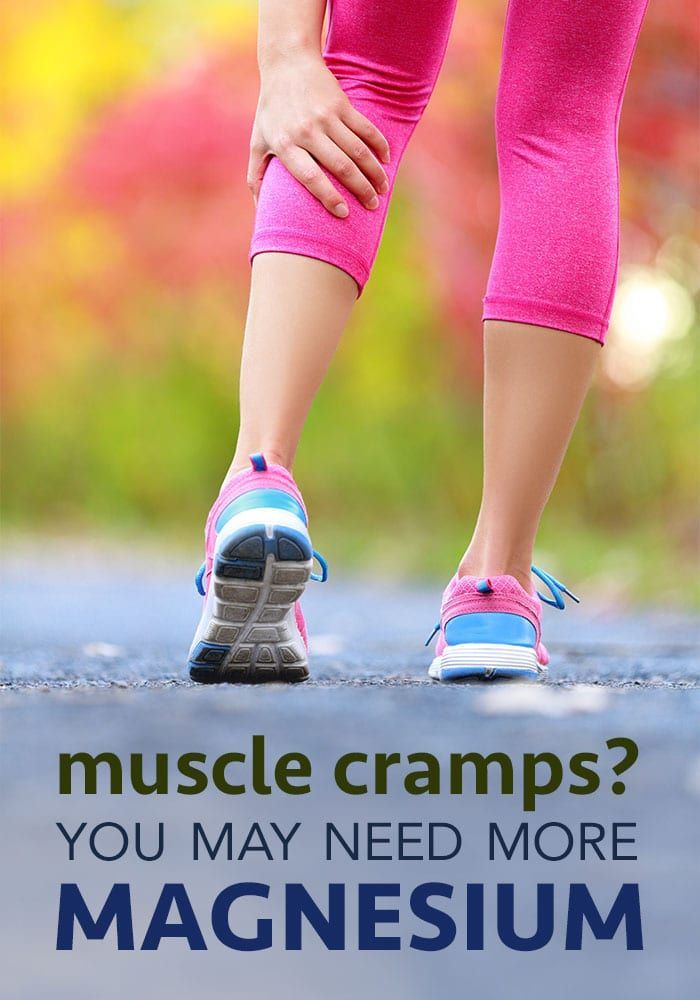
Diseases of the veins
Pain symptom in diseases of the veins is a valuable signal, because it is thanks to him that you can identify serious pathologies that require immediate medical attention: days and are accompanied by swelling of the ankles. This disease can also be determined visually, since visible vein expansions appear on the lower extremities. The reason that the calf of the right or left leg hurts, in this case, is the development of edema of the leg, as a result of which compression of the nerve endings occurs;

Learn more about vein thrombosis
Arterial disease
Arterial disease causes inadequate oxygen and nutrient supply to tissues, leading to tissue destruction. The pains in this case are caused by ischemia (lack of blood supply) and are of different nature in different diseases:
Diseases of the muscles
Lesions of muscle tissue of various etiologies can also cause pain in the calves of the legs:
- Inflammatory processes of the calf muscles (myositis) - characterized by pulling aching painful sensations that do not stop or occur in attacks and manifest themselves brighter during movements;
- Parasitic diseases (in particular - trichinosis) - characterized by muscle pain, which is accompanied by swelling of the face, fever, nausea, vomiting, diarrhea.
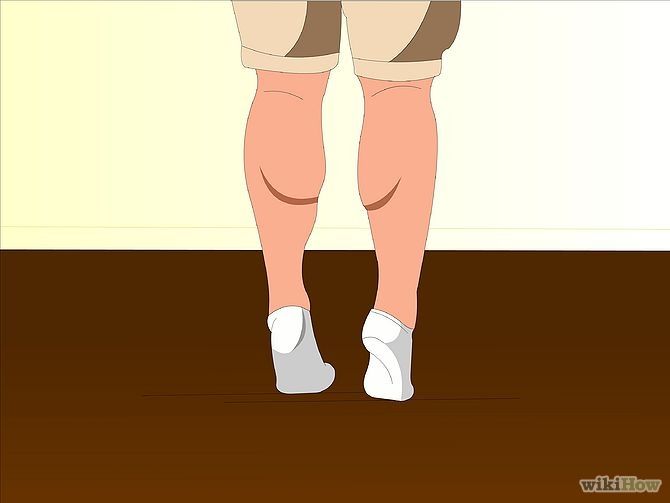
More about myositis
Damage to nerve fibers
One of the symptoms of neuritis and polyneuritis is severe pulling pain that occurs in attacks and can spread along the affected nerve. This manifestation may be caused by compression of the nerve roots. Often, his companions are:
- trophic disorders in the innervated (i.e., in organs and tissues supplied by nerves) area;
- feeling of numbness, tingling or tingling;
- movement disorders in the innervated area;
- desensitization.
Other causes
Pain in the calves of the legs may occur due to damage to adjacent tissues:
- osteomyelitis of the tibia;
- diseases of the knee joint;
- diseases of the ankle joint;
- inflammation of the skin.
Reflected pain in the calves of the lower extremities is one of the symptoms of osteochondrosis of the lumbar spine.
Our doctors
Zakaryan Gevond Gurgenovich
Head of the CELT pain treatment clinic, Anesthesiologist-resuscitator, specialist in the treatment of chronic pain syndromes, doctor of the first category
Experience 13 years
Make an appointment
Diagnosis of pain in the calves
The CELT Pain Clinic pays special attention to diagnostic studies that allow to accurately determine the cause of pain in the calves.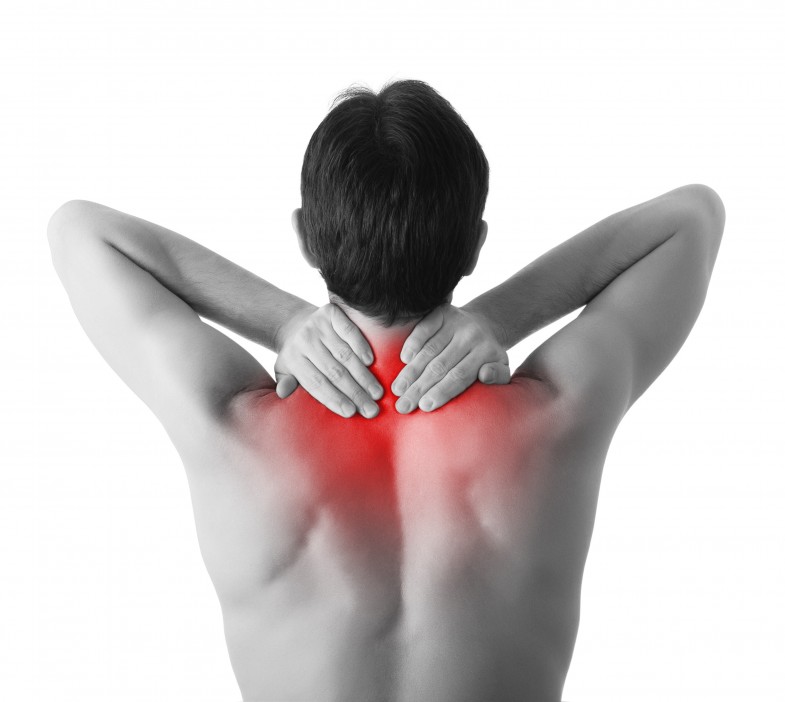 In addition to examination by a doctor and taking an anamnesis, the following diagnostic methods can be used:
In addition to examination by a doctor and taking an anamnesis, the following diagnostic methods can be used:
- ultrasound examination of the arteries and veins of the affected limb;
- magnetic resonance imaging;
- electroneuromyography;
- laboratory tests.
Treatment of calf pain
Treatment of calf pain in our Pain Clinic often begins with the elimination of painful symptoms, if they are pronounced. Systemic therapy involves taking pills or intravenous injections according to an individually designed scheme. The process involves modern drugs that inhibit the transmission of pain along the nerves or block their perception in the central nervous system.
In addition, all the efforts of our specialists are aimed at eliminating the cause due to which it arose. The method of treatment is developed after all diagnostic studies have been carried out and the diagnosis has been correctly made.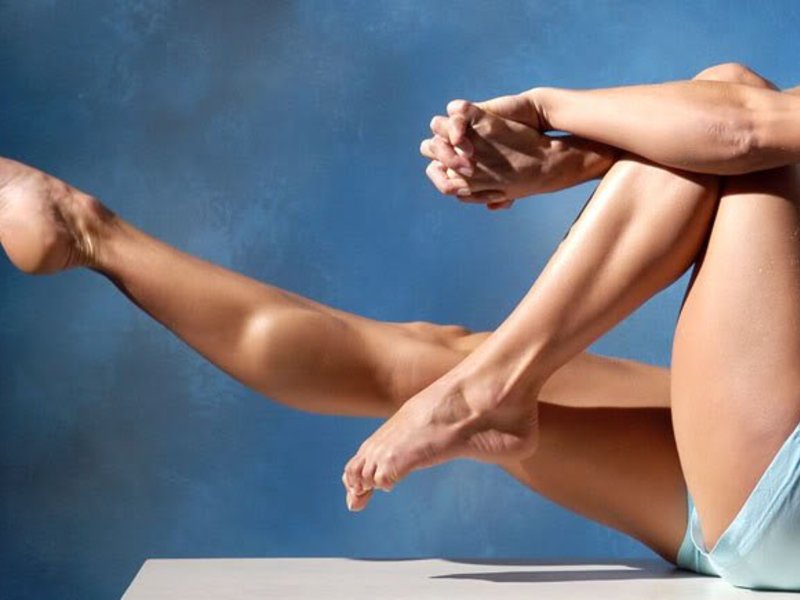 It takes into account the individual characteristics of the patient's body and the root cause of the disease.
It takes into account the individual characteristics of the patient's body and the root cause of the disease.
Thus, acute vascular pathologies often require urgent surgical intervention; in chronic forms, conservative treatment is carried out in a hospital. If it does not bring the desired results, surgical correction of the vascular defect can be performed.
Surgical intervention is also indicated for diseases of the spine: neoplasms, prolapsed discs with severe neurological disorders.
Get treatment at the CELT Pain Clinic and return to your usual way of life!
Pain in the calves after running and walking, causes and methods of pain treatment
Free appointment
and diagnostics
Pain relief
in 1-2 sessions
Author's method
treatment
Internship in the USA,
705
If your calves hurt after running, this is an indicator of stress on the muscles involved. Pain increases with increasing muscle stress.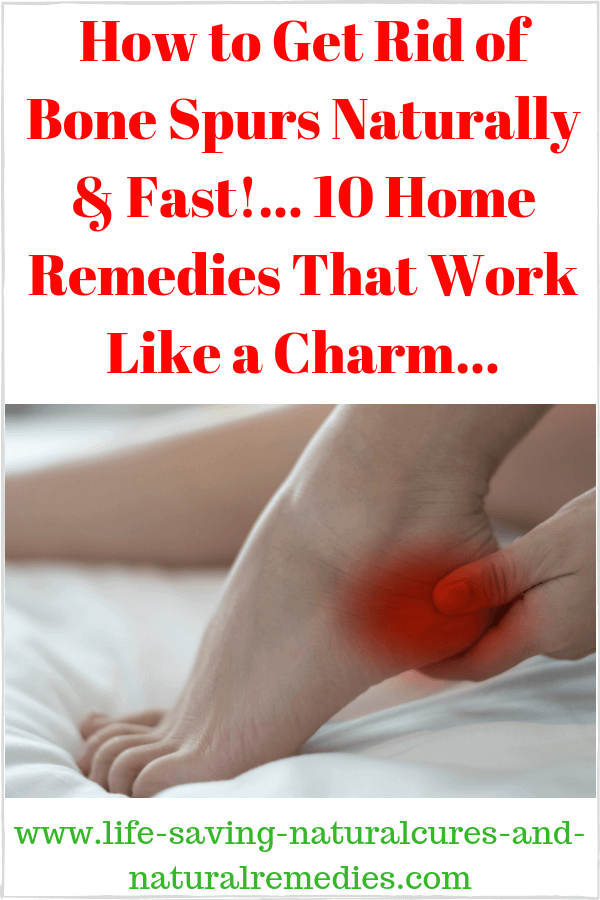 In people who are unprepared for stress, as well as those who have violated the rules and techniques of playing sports, the calf muscles will certainly hurt. In addition, such discomfort may indicate the existence of some health problems. To exclude negative manifestations, it is necessary to understand the causes of malaise, if possible, eliminate them.
In people who are unprepared for stress, as well as those who have violated the rules and techniques of playing sports, the calf muscles will certainly hurt. In addition, such discomfort may indicate the existence of some health problems. To exclude negative manifestations, it is necessary to understand the causes of malaise, if possible, eliminate them.
1
Positive dynamics in 97% of cases
The results of the treatment course are confirmed by control MRI images.
2
No side effects
The methods used in our clinic are safe and have no side effects.
3
Long-term effect
Treatment minimizes the risk of new hernias in other segments, as well as hernia recurrence.
Types of muscle pain after exercise
Classify several types of pain that occur after sports training:
| Name of muscle pain | Occurrence time | Character |
|---|---|---|
| Traumatic | During or immediately after training | Acute, restricting movement |
| Moderate post workout | The next day after exercise | Pulling, constantly increasing after muscle contraction or stretching |
| Delayed | Appears 2-3 after playing sports | Has a strong aching character |
Why calves hurt after running: possible causes
There are two groups of factors causing pain:
- Physiological.
 A variant of the norm that does not require medical treatment. It occurs when overloading, sprains, wearing uncomfortable shoes. Physiological causes include lack of oxygen (muscle hypoxia), excess lactic acid formed during exercise, muscle microtrauma;
A variant of the norm that does not require medical treatment. It occurs when overloading, sprains, wearing uncomfortable shoes. Physiological causes include lack of oxygen (muscle hypoxia), excess lactic acid formed during exercise, muscle microtrauma; - Pathological. Violation of the body systems, requiring medical supervision, treatment. Possible diseases: varicose veins, venous insufficiency, vascular thrombosis, osteochondrosis and others.
Ignoring pathological causes can lead to exacerbation of diseases, the development of severe lesions and inflammation, and disability of the patient. Persistent pain is a clear signal of the body about trouble.
Diagnosis and examinations
Pain that does not resolve on its own after training requires a visit to a doctor. About how to treat pain in the calves, the specialist will tell after the diagnosis. Conducted:
- blood and urine laboratory tests:
- Ultrasound of the vessels of the lower extremities;
- MRI of legs and spine;
- electroneuromyography, instrumental diagnostics for assessing muscle contractility;
- joint puncture.

Treatment success is 90% dependent on experience and physician qualifications.
Free medical consultation and diagnostics
- Chiropractor
- Vertebrologist
- Osteopath
- Neurologist
At the consultation, we carry out a thorough diagnosis of the entire spine and each segment. We are exactly we determine which segments and nerve roots are involved and cause symptoms of pain. As a result of the consultation We give detailed recommendations for treatment and, if necessary, prescribe additional diagnostics.
1
We will perform functional diagnostics of the spine
2
Let's perform a manipulation that significantly relieves pain
3
We will create an individual treatment program
Book a free appointment
Treatment of calf pain
The types of treatment depend on the identified pathology.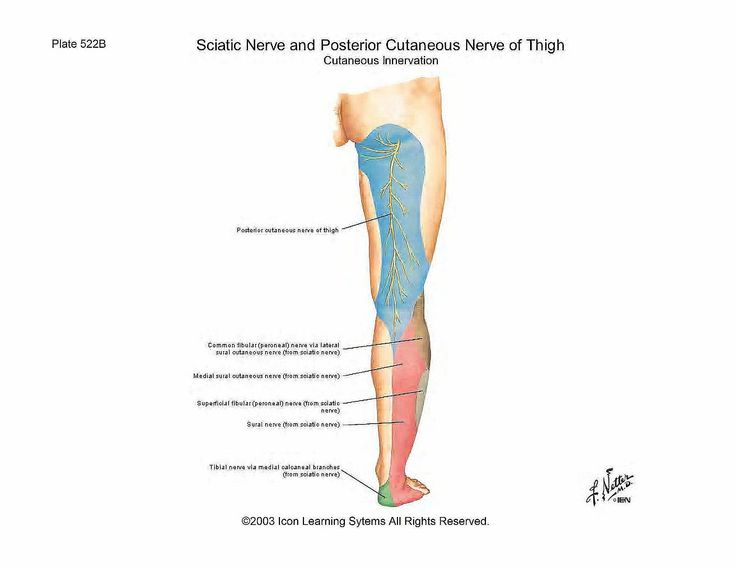
If a micronutrient deficiency has been identified by a screening examination as the cause of a malfunction in the body of a person involved in sports, it is necessary to start taking the missing substances.
Pain in the calves caused by high levels of lactic acid is relieved by the simplest manipulations: warming up before starting physical education, breaks during training, massaging the limbs after training, taking a hot vasodilating bath.
If the diagnosis showed that the calves are very sore as a symptom of chronic diseases: diabetes, kidney pathology or others, then the treatment is focused on the underlying disease. The doctor develops therapy tactics, recommends drug or non-drug methods. Surgery is rarely required. Conventional conservative methods effectively eliminate inflammatory processes, promote the elimination of toxins, strengthen ligaments, improve blood circulation, relieve swelling and pain.
The most effective:
- Physiotherapy: treatment with magnets, currents, cold, other;
- Massage: course treatment that relieves muscle spasm, improves tissue tone, elasticity, normalizes metabolic processes;
- Acupuncture: reduces swelling and muscle tension, activates the work of joints, muscle tissues.

Prevention
Usually, if the calves hurt after running, a person is not in a hurry to immediately consult a doctor, except in cases of a pronounced injury or unbearable unrelenting pain. What to do to minimize unpleasant mild sensations: light self-massage, rest, fluid intake or baths with medicinal herbs will help.
Doctors recommend the following preventive measures to protect the lower extremities from pain or the development of dangerous pathologies:
- Wear comfortable shoes without heels;
- Balanced diet;
- Weight control;
- Regular physical education;
- Periods of sedentary activity with breaks of 5-10 minutes every hour.
If the pain is severe, you can use medical pain relief creams, ointments, gels, or take an analgesic tablet. Remember that severe pain is a dangerous symptom that requires an immediate visit to a specialist.
Treatment of pain in the calves in the clinic of Dr.
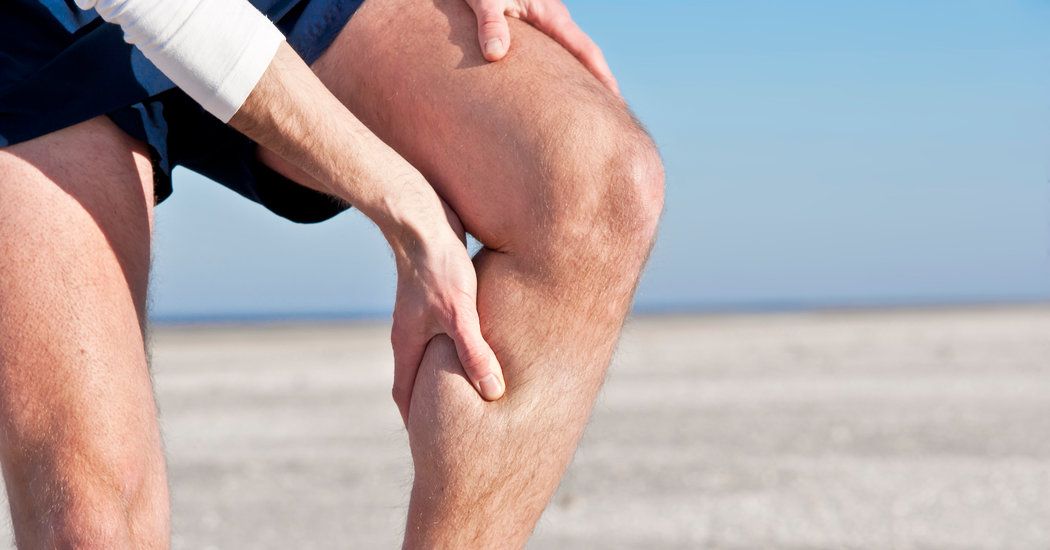 Length
Length If you have pain in the calves after running, contact the recognized specialists in the field of pain - the doctors of the famous clinic of Dr. Length in Moscow. Doctors will conduct a comprehensive diagnosis to identify the cause of the ailment, establish an accurate diagnosis, and give professional recommendations for the effective treatment of the disease. The highly professional assistance of specialists who have undergone training and advanced training in the world's leading centers - leaders in the treatment of painful symptoms of any origin, will help to quickly relieve pain and restore a full quality of life. For clinic patients:
- effective international treatment using innovative technologies;
- use of modern diagnostic and treatment equipment and the latest safe medicines;
- services of experienced doctors;
- elimination of pain manifestations from the first sessions of therapy;
- attentive staff and comfortable environment.
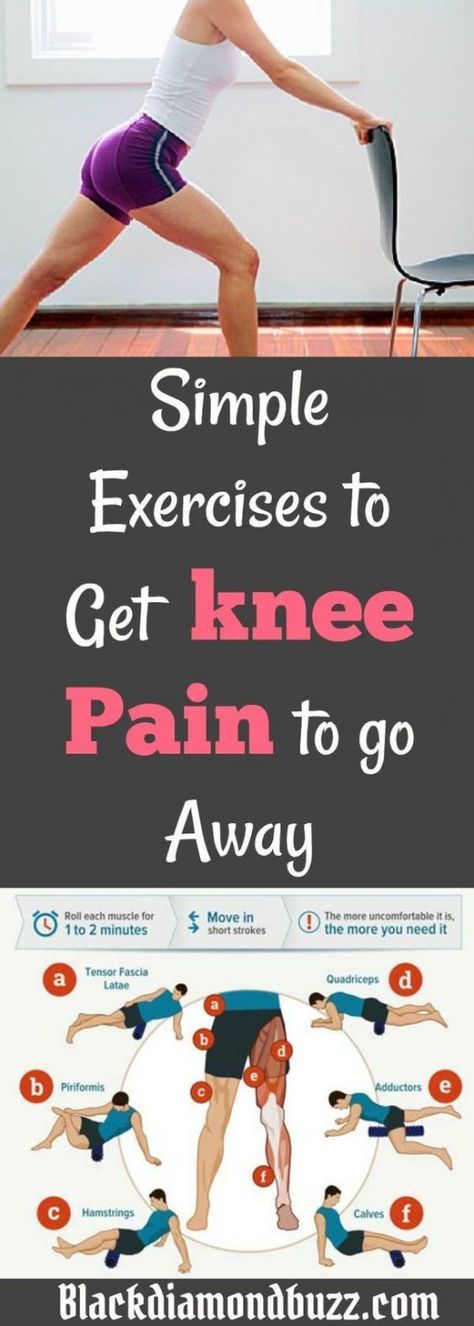
We are waiting for a free initial appointment!
FAQ
Which doctor should I contact for calf pain?
It's a good idea to have a preventive health check-up with lab tests before you start going to a fitness center or running. To do this, it is enough to visit the local therapist. If you experience any kind of discomfort during physical activity, you should immediately contact a trainer, instructor or sports medicine doctor. If the classes are self-guided, pay a visit to the general practitioner. Even if the negative symptoms pass quickly, leaving no visible consequences, you can get practical advice from specialists on organizing classes, drinking and eating, normalizing work and rest, which will reduce painful manifestations and also increase the effectiveness of your workouts.
How to quickly help yourself if your calves hurt after running?
Quick and effective self-help measures:
- apply cold to the calves, preferably ice;
- raise legs;
- apply a compression bandage.
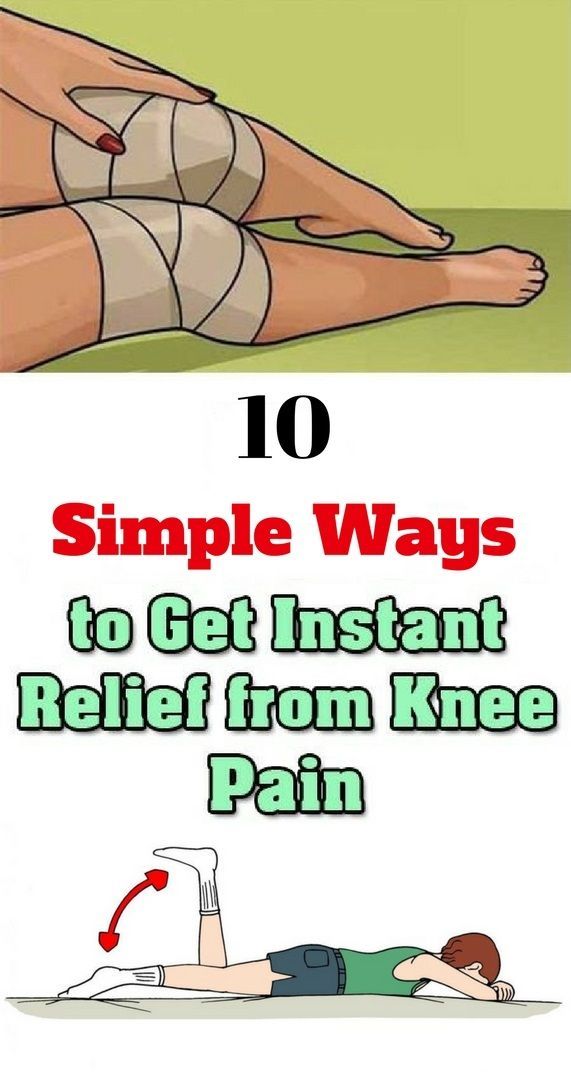
How important are water and nutrition in causing pain?
Pain in the calves can be provoked by an insufficiently active metabolic processes. The inclusion of vitamins B and C, microelements: calcium, potassium, magnesium in the athlete’s diet helps to establish metabolism. Foods with vitamin E found in greens, nuts, beans or eggs will help strengthen the walls of blood vessels.
Water stimulates the removal of salts and toxins, regenerates tissues after intensive training. Dehydration is manifested by spastic pain after exercise. Water intake should be increased to three liters daily. You can take several sips during the session itself.
What technique errors lead to pain after running?
If you move your legs according to the technology of safe running, you can completely eliminate pain after a run. Adjust Steps:
- step on a full foot, do not run on your toes;
- run straight without leaning forward;
- take frequent short steps and low jumps, it is the violation of this rule that hurts the calves from the inside;
- when accelerating, do not increase the length of the step, but accelerate the movement of the legs.

How to choose the right shoes for running without pain?
If your calves hurt after running without any health problems, you should choose comfortable and proper shoes. Selection principles:
- the sole must have the same thickness throughout;
- leg fixation should be as rigid as possible, excluding microtrauma;
- is ideal for the purchase of sneakers for a certain type of coverage;
- in order not to disrupt blood microcirculation, wear running shoes on a bare foot without tight socks or golf.
Avoid running on paved paths, trails with frequent ascents or descents, or on sand.
We are recommended by 94% of patients.
Thank you for your trust and your choice.
Material verified by an expert
Mikhailov Valery Borisovich
Manual therapist, vertebrologist, neurologist
Work experience - 25 years
Video testimonials of patients
Hernia in the lower back and in the neck came to the clinic with problems 9000 9000 spine. With two intervertebral lower hernias and two intervertebral hernias in the neck. I was assigned a comprehensive 10 step program. For 4 months, my lower vertebrae completely disappeared and crunches in my neck disappeared ...
With two intervertebral lower hernias and two intervertebral hernias in the neck. I was assigned a comprehensive 10 step program. For 4 months, my lower vertebrae completely disappeared and crunches in my neck disappeared ...
Lumbo-sacral hernia
“After the first time, my back stopped hurting. I felt relieved. Now 7 sessions have already passed and the back really does not hurt. I began to forget about it. And at first it hurt a lot.”
Inflammation of the sciatic nerve
“For 4 months I suffered from severe inflammation of the sciatic nerve on the right side. After the first visit, relief came immediately within six hours. After 6 courses, the pain was almost gone.
Pain in the lower back and leg
Yakovleva Natalya Mikhailovna
Head of the department, surgeon of the highest category, oncologist-mammologist
I want to express my deep gratitude for the fact that I was put on my feet in the truest sense of the word.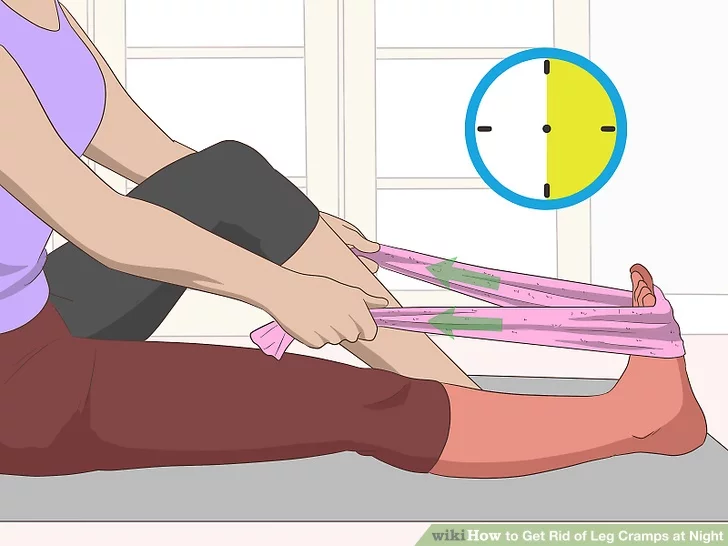 I came to the clinic a month and a half ago with severe pain in the lower back and leg. These complaints were long enough and the treatment that I used in the past was ineffective. Fortunately, I ended up in the clinic of Dr. Length and his team of super professionals!
I came to the clinic a month and a half ago with severe pain in the lower back and leg. These complaints were long enough and the treatment that I used in the past was ineffective. Fortunately, I ended up in the clinic of Dr. Length and his team of super professionals!
Osteochondrosis of the cervical spine
“I applied 2 months ago with osteochondrosis of the cervical spine. I have a sedentary job and my neck muscles were very cramped. It was impossible to work. Before that, I went to other doctors, but this did not solve my problem. For 2 months I have a fairly positive dynamics. Every week it gets better and better.”
Bechterew's disease
“I have had Bechterew's disease for 10 years. The vertebrae began to move out, I began to slouch. I turned to other chiropractors, very famous, media ones. In the end, I didn't get any results. After 2 sessions I felt much better. Now I don't have any pain. "
"
Pain in the spine
“I came in with problems in my back, cervical, thoracic and lumbar spine. I was prescribed procedures, had a massage, and was assigned to do physical education at home. This made it much easier for me. I'm already turning my head. I have no pain."
Shoulder-to-shoulder periarthrosis
I came to the clinic with severe pain in my shoulder. My hand did not rise, I could not sleep at night, I woke up from pain. After the first treatment session, I felt much better. Somewhere in the middle of the course, my hand began to rise, I began to sleep at night.
Osteoarthritis of the knee joint, 2nd degree
Came in with a very serious illness. I could not walk, I have arthrosis of the 2nd degree of the knee joint. I went through a course of treatment at the Clinic and now I am going 100%.
Herniated disc
“I came to the clinic after I had back pain and it turned out to be a herniated disc. I went to other places, but they only relieved attacks of pain. Hope for a return to normal life was given only by Sergei Vladimirovich, his golden hands!
I went to other places, but they only relieved attacks of pain. Hope for a return to normal life was given only by Sergei Vladimirovich, his golden hands!
Scoliosis
“Since I was a teenager, I have suffered from scoliosis in the thoracic region. I felt a feeling of discomfort, tension, periodic pain in the spine. I turned to various specialists, a massage therapist, an osteopath, but I did not feel a strong effect. After treatment, Length S.V. I almost have a straight spine. Currently, I do not feel any problems and discomfort.”
Intervertebral hernia
“At the 5th-6th session there was an improvement. I felt much better. The pain is gone. Improvement progressed more and more each time. Lesson 10 today. I feel great."
Pain in the lumbar and cervical region
“I am 21 years old. I went to the clinic with discomfort in the lumbar and cervical region. I also sometimes had sharp pains. After undergoing therapy, I felt a significant improvement in my back. I have no pain. The condition as a whole has improved.”
I also sometimes had sharp pains. After undergoing therapy, I felt a significant improvement in my back. I have no pain. The condition as a whole has improved.”
Back pain
“At the beginning of the healing process, my back hurt very badly. I could no longer walk. I take 5 steps and stop. My entire journey consisted of such stops. In the very first procedure, I left the office with no pain in my spine.”
Cervical hernia
“I came in with a problem in my neck and my right arm was very sore. The neck did not turn, the hand did not rise. After the 3rd session, I felt better. After the 5th, all this pain began to decrease. It turns out I have 2 hernias in my cervical vertebrae. After the sessions, I did an MRI and one hernia decreased. Now he began to move, his hand earned.
Pain in the neck
“I went to Dr. Long because I had a very bad pain in my neck on the right side.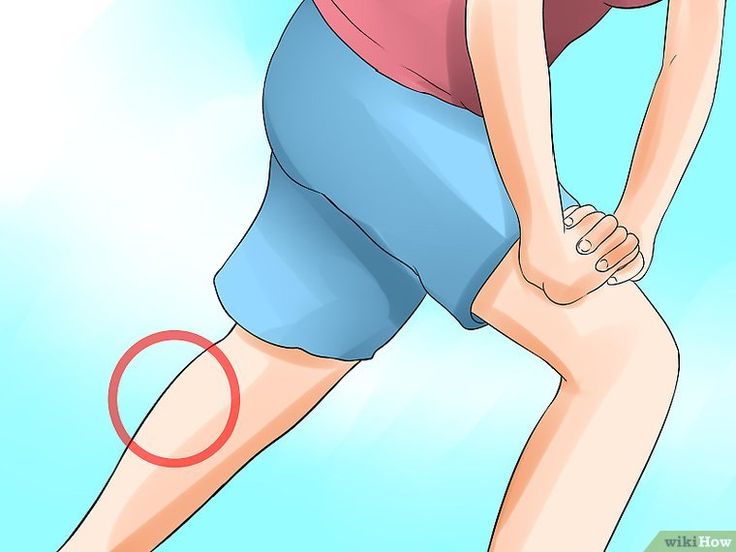 I fell on a snowboard 5 years ago, even went to an osteopath, but somehow it didn’t really help. Now everything is fine, there are some consequences left, the muscles were spasmodic. When I came, I had steel muscles, now my neck is very soft.”
I fell on a snowboard 5 years ago, even went to an osteopath, but somehow it didn’t really help. Now everything is fine, there are some consequences left, the muscles were spasmodic. When I came, I had steel muscles, now my neck is very soft.”
Pain in the thoracic region
“I went to the clinic with back pain, namely in the thoracic region. After 10 sessions of treatment, I could already calmly go about my usual business, stay at work until lunch, without howling in pain. Now I've come back for an adjustment after 2 months. I'm fine, my back doesn't hurt."
Hernia and protrusion
“I came to the clinic with L4-L5 hernia and L5-S1 protrusion. Today the course of treatment has ended. Lower back hurt, it was difficult to bend down. After completing the course and receiving instructions in the form of physical exercises, it became much easier. After a month of treatment, I do not feel any stiffness of movements.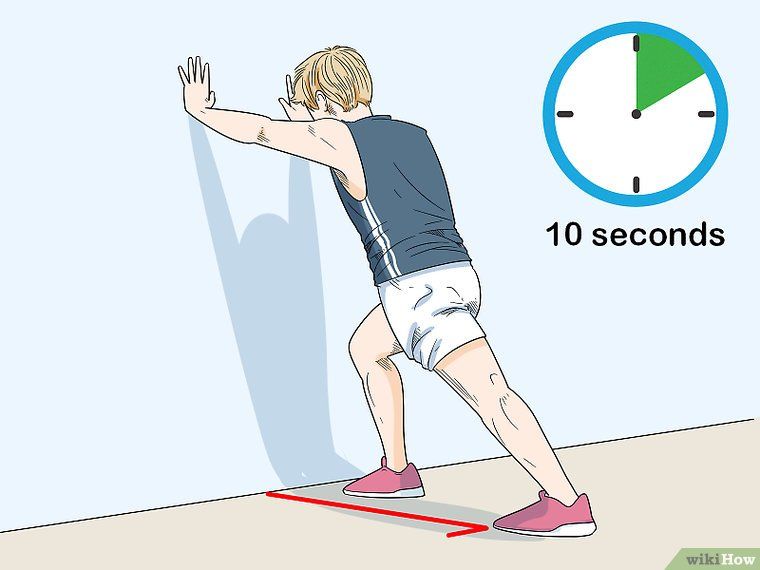 ”
”
Pain in the lower back and hip joint
“From a young age, I was troubled by back pain. When they became unbearable, I went to Dr. Length's clinic. Already after the first procedure, the pain in the hip joint was gone. After the third procedure, the shooting pains in the lower back stopped.
Very effective procedures
The procedures turned out to be very effective. I used to go to other clinics and 100% did not relieve my pain, they bothered me. After this specialist, after three or four sessions, my functions were restored, the pain in the joints disappeared.
Applying today will help
avoid surgery tomorrow!
Relieve pain and inflammation
After 2-3 treatments, exhausting pain disappears and you feel better.
Eliminate the cause of the disease
Comprehensive rehabilitation of the spine improves well-being: you feel a surge of strength and energy.
